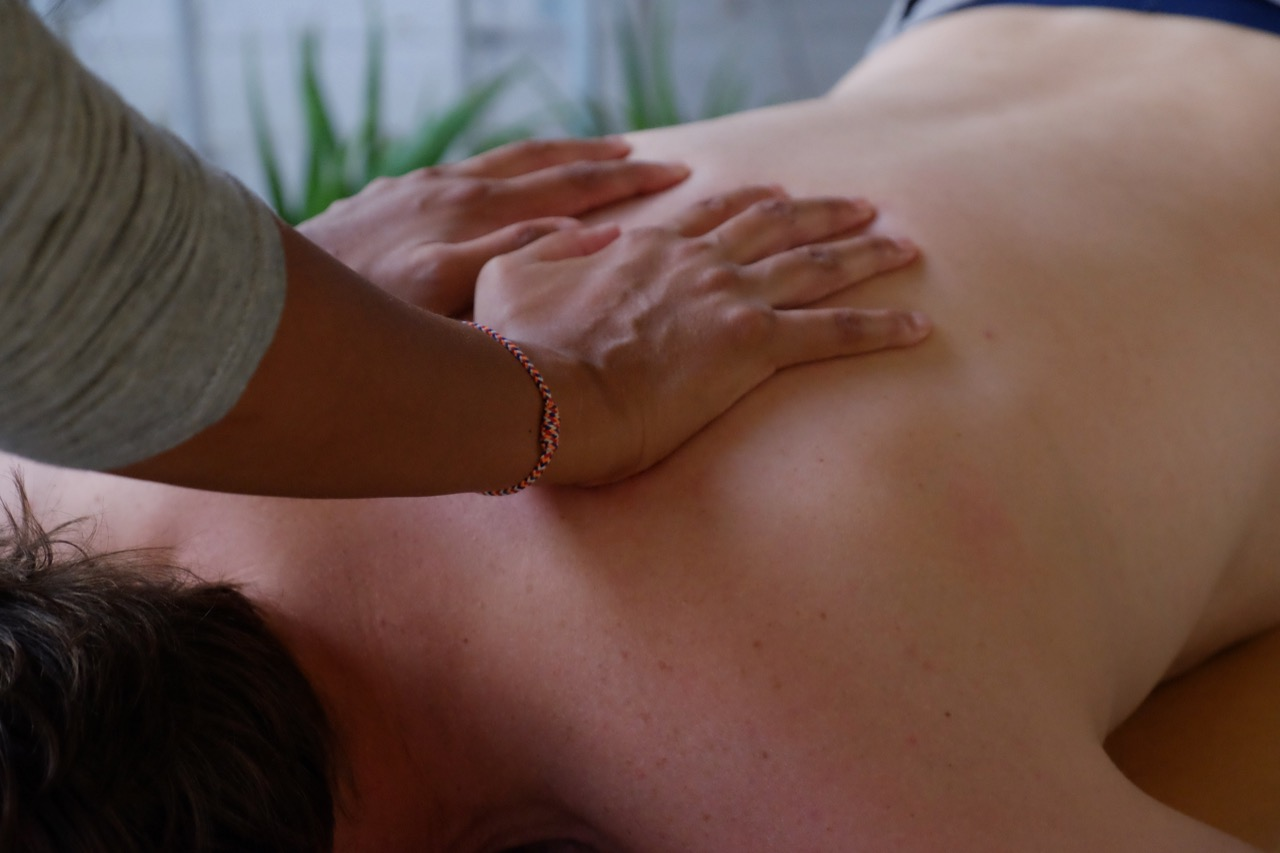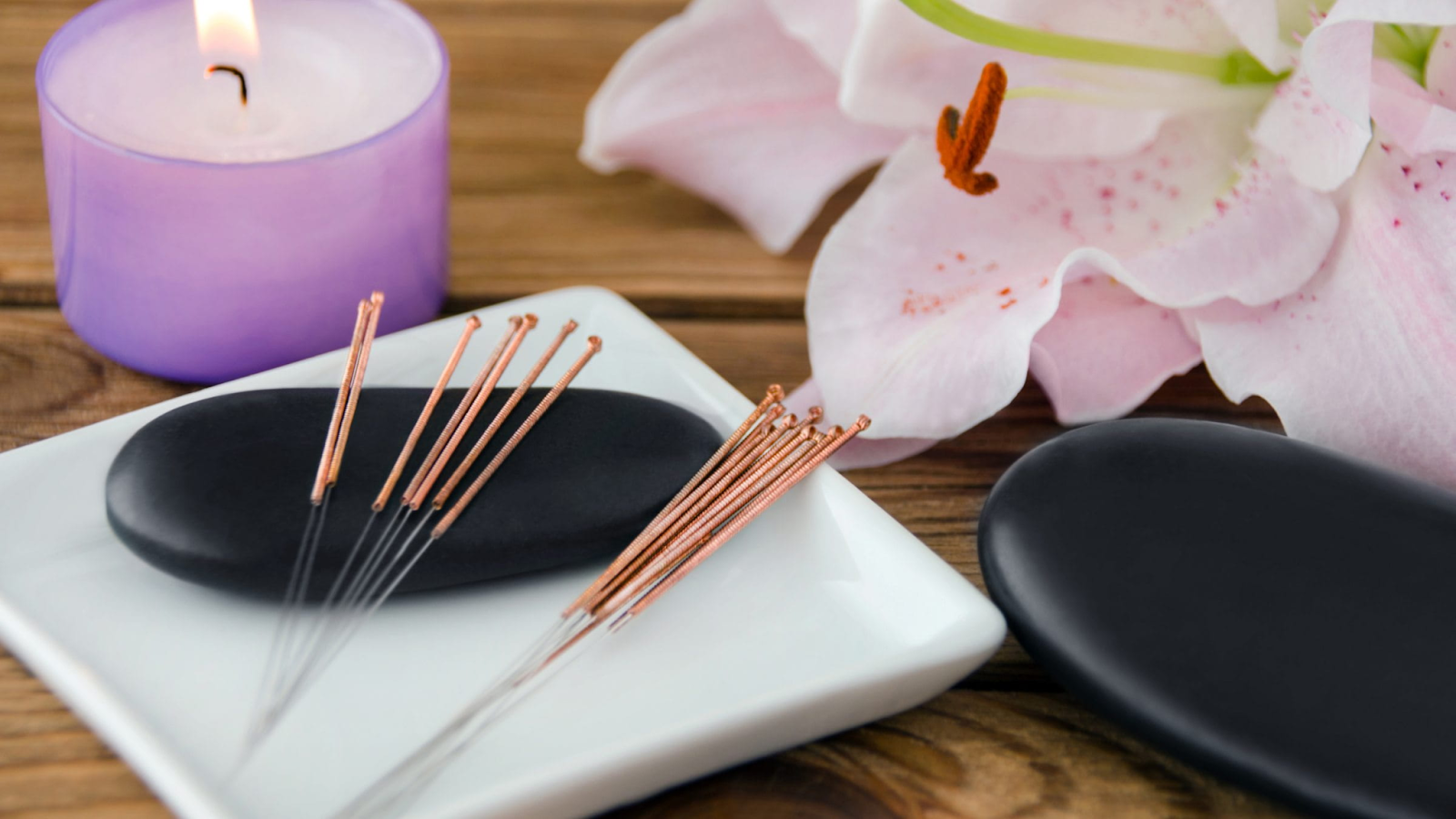Discover Your Perfect Healer Today!
Our online practitioner directory connects you with a wide range of healers to suit your unique needs.
Easily search and find the right professional to support your wellness journey.
Start exploring today to find your perfect match.
Modality
Disease
Books
Products
Events
Training
Blogs
Naprapathy
How to Practice Naprapathy at Home for Healing?
In the modern world, more and more people are seeking help from alternative health care and natural treatments as a way to restore order in ...
Read More → Written by
Michael Johnson
Aromatherapy
Which Scent Reduces Anxiety? Exploring the Power of Aromatherapy
In this fast-paced world millions of people are affected by anxiety. There are various approaches to deal with the concern, one of them being aromatherapy. ...
Read More → Written by
James Williams
Acupuncture
Acupuncture: An Ancient Healing Art for Modern Times
Acupuncture is an ancient healing technique involving the insertion of slim needles into specific body parts to facilitate recovery from illness. Originating thousands of years ...
Read More → Written by
David Brown
Dietician
Best Expert for Weight Gain: Dietitian or Nutritionist
Weight management, whether it is gaining or losing weight, is important for overall health and well-being. Dieticians and nutritionists have an important role to play ...
Read More → Written by
John Smith
Osteopath
Debunking Common Myths and Misconceptions about Osteopathy
Osteopathy is a form of health care that looks towards the treatment of the musculoskeletal system of the human body. However, despite its far-reaching benefits, ...
Read More → Written by
David Brown
Functional Medicine
Exploring the Key Benefits of Functional Medicine
Functional medicine seeks to identify and resolve the cause of disease rather than merely treating the symptoms which is the conventional view of medicine. Because ...
Read More → Written by
David Brown






